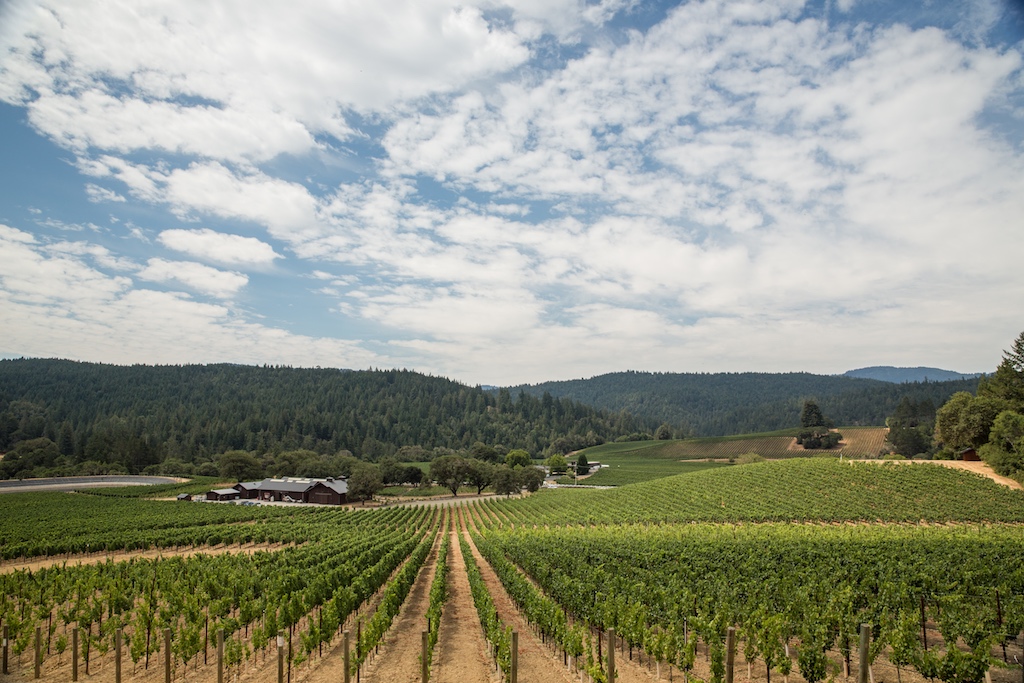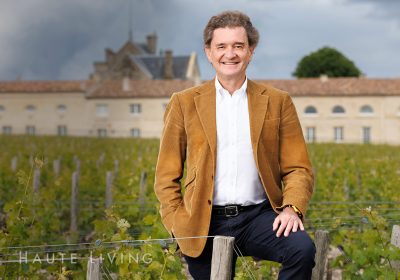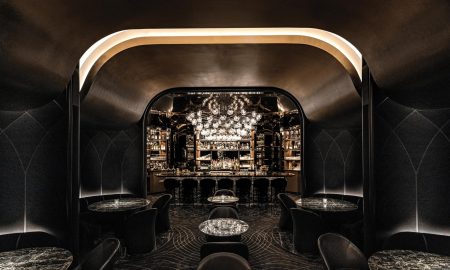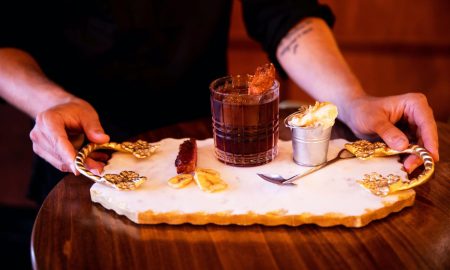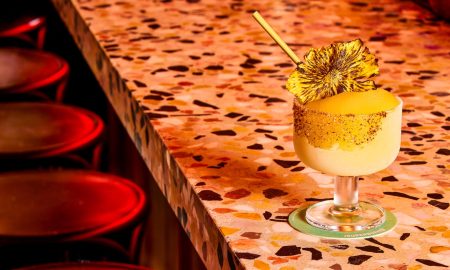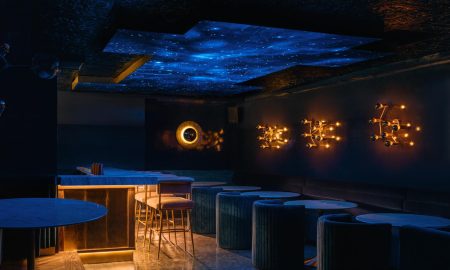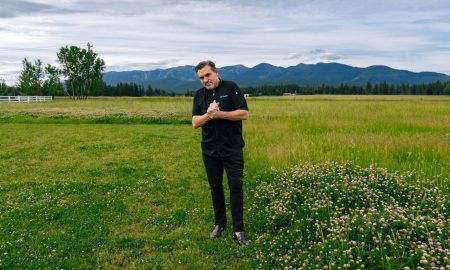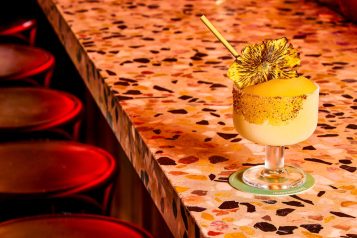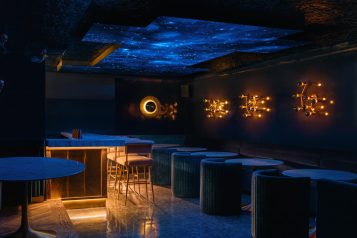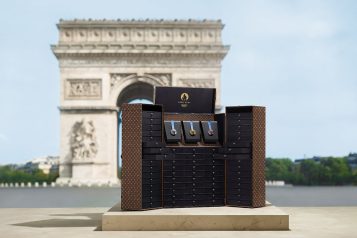The Anderson Valley in Northern California is home to one of the country’s leading Pinot noir and Chardonnay producers, Domaine Anderson. In 1981, Jean-Claude Rouzaud of the Louis Roederer family, took hold of this once-remote area and transformed it into one of the most renowned names in the world of wine. Where it differs from other wineries is that it implements organic and biodynamic practices for a harmonious ecosystem in its vineyards, namely the Dach Vineyard. Groundwater is captured via a drainage system and repurposed for irrigation in a reservoir; all-natural compost improves fruit quality; and certain plants flourish to welcome creatures like hummingbirds, bees and ladybugs to help control vineyard pests and promote pollination. That’s just one small part of Domaine Anderson’s 50 acres of family-owned vineyards, responsible for producing some of the region’s most gorgeous wines. So, since there’s so much more to learn about its wines and vineyards—and since I’m somewhat of a wine enthusiast myself—I sat down with Domaine Anderson winemaker Darrin Low, who gave us an inside look into his wines, practices, and what to look for when choosing a Pinot noir or a Chardonnay.

Photo Credit: Domaine Anderson
DM: Tell me about Domaine Anderson wines, in your own words.
DL: Domaine Anderson is the most recent Estate venture in California in the lineage of wineries from Champagne Louis Roederer. Our 20-acre domain is located in the village of Philo in the Anderson Valley where, for the past 35 years, Roederer Estate has been growing and crafting outstanding sparkling wines. Domaine Anderson is the result of the Rouzaud family’s decades-long desire to farm and create a world class Pinot noir and Chardonnay from California in the mold of the great domains of Burgundy.
DM: What makes the Anderson Valley so special and why is it the perfect place for Domaine Anderson?
DL: The Anderson Valley is 20 miles from the Pacific Ocean in a remote and sleepy region of Northern California’s Mendocino County. Our soils are generally light, with an alluvial mix of sand, loam and clay. The weather is impeccable; blessed with consistent moderate temperatures, morning fog and afternoon breezes throughout the growing season. These conditions create a perfect environment to grow cool-climate Pinot noir and Chardonnay for both sparkling and still wines.
DM: Being a relatively young winery and brand, how does Domaine Anderson maintain its highly regarded placement in the American Pinot noir & Chardonnay worlds?
Our heritage from the house of Champagne Louis Roederer brings to the table several generations of independent, family-run wine growing and wine making with the ultimate goal of producing wines of character, integrity and sense of place. With the wines from Domaine Anderson, we endlessly strive to achieve this goal through our dedication to organic farming in order to best showcase the Anderson Valley and our estate. We are the extension of a winemaking journey which began seven generations in the making.

Photo Credit: Domaine Anderson
DM: Tell me about the Dach Vineyard and what makes it different from other vineyards in the area.
DL: The 20-acre Dach Vineyard is the home ranch site of the Domaine Anderson winery. A beautiful setting with the winery nestled amongst the vines and against a backdrop of conifer-filled surrounding hills. The soils are loam with a mix of clay and sand. The Pinot noir is planted to the sand dominant soils in the higher elevation hill blocks and the Chardonnay planted to the lower blocks with clay dominate soil producing elegant, aromatic and rich wines. Dach is a well-tended and manicured vineyard, organic and biodynamic certified, and is Domaine Anderson’s flagship vineyard.
DM: Can you explain what “biodynamic viticulture” is and how it makes a difference in Domaine Anderson wines?
DL: Biodynamic is organic farming that respects the bond between soil, plant and animal as a connected farm-system and promotes the harmony between them. Farming without the use of industrial fertilizers or the “killing chemicals”: herbicide, fungicide, pesticide; stimulates and encourages microbial population in the soil. The healthy population of bacteria and fungus in the soil forms a strong bond with the vine roots and enables it to draw more micronutrient and mineral from the soil. The increased mineral uptake from the vine will manifest to grapes with more nuanced flavor and character. Ultimately, with dedicated and uncompromising winemaking, this will help produce the site-specific and special wines of Domaine Anderson.
DM: What are some new technologies/practices that Domaine Anderson uses in creating its wines?
DL: I generally employ old-world techniques with my wines: un-inoculated natural ferments, punchdown, pump over and foot-treading, little or no sulfur, barrel ageing for examples. As for new technologies/practices, I use the radiant-heated floors of the barrel room to kick start the malo-lactic fermentation at the end of winter, emulating the natural ground warming of spring in the cellar.
DM: What is the difference between using steel vats and oak barrels for aging wine and what does Domaine Anderson use for its wines/for how long and why?
DL: You are able to seal a steel vat better than barrel, so steel vats will preserve the freshness of a wine. However, it may also starve a wine of oxygen and become a source of off-aromas. Barrel ageing slowly matures a wine by the oxidation though the bung and wood stave but can also dry out a wine with wood tannin and concentration and evaporation loss. I employ both steel and oak to age my wines depending on how it tastes through the ageing. Initially I bring the wines to barrel in autumn and by the next summer, if the wine in barrel shows signs of drying or astringency, the wines are transferred to tank for further ageing in steel, conserving freshness.
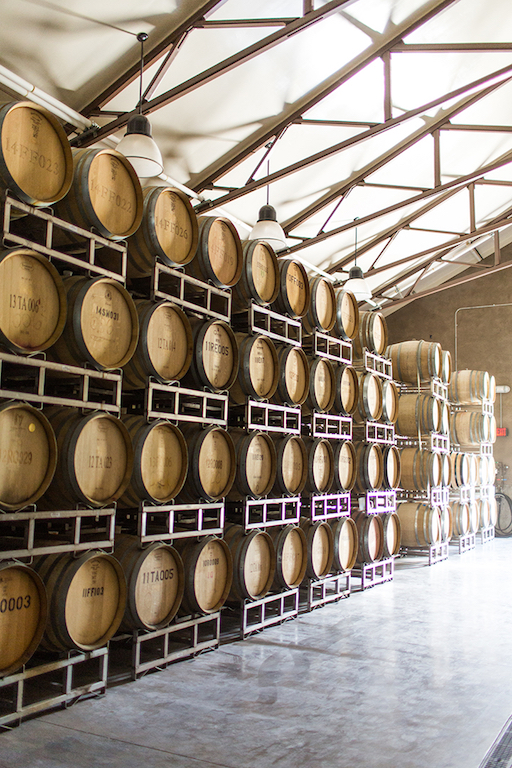
Photo Credit: Domaine Anderson
DM: What are some important elements to look for when choosing a Pinot noir? A Chardonnay?
DL: When choosing a Pinot noir, I tend to go for wines with charm and purity as opposed to wines of power or heaviness. I am not a fan of muddled or clumsy Pinot noir. A Chardonnay should be dry and crisp without being austere. I enjoy some richness in my Chardonnays and barely a hint of oak aging to fill out the palate.

Photo Credit: Domaine Anderson
DM: What is your favorite Domaine Anderson wine and why?
DL: The 2016 Dach Vineyard Chardonnay and the 2015 Walraven Vineyard Pinot noir. They both reveal the charm and personality of the domain: elegant, easy drinking, layered and nuanced.
DM: What’s next for Domaine Anderson and what can we expect in the near future?
DL: We continue the journey to grow and make better wines. The winery was certified organic and will begin to have “made with organic” on the Dach vineyard Pinot noir and Chardonnay label for the 2018 vintage, similarly the Walraven vineyard was certified organic in 2019. Domaine Anderson is dedicated to organic and biodynamic farming to grow and create pure and natural wines that express the uniqueness of the estate.
